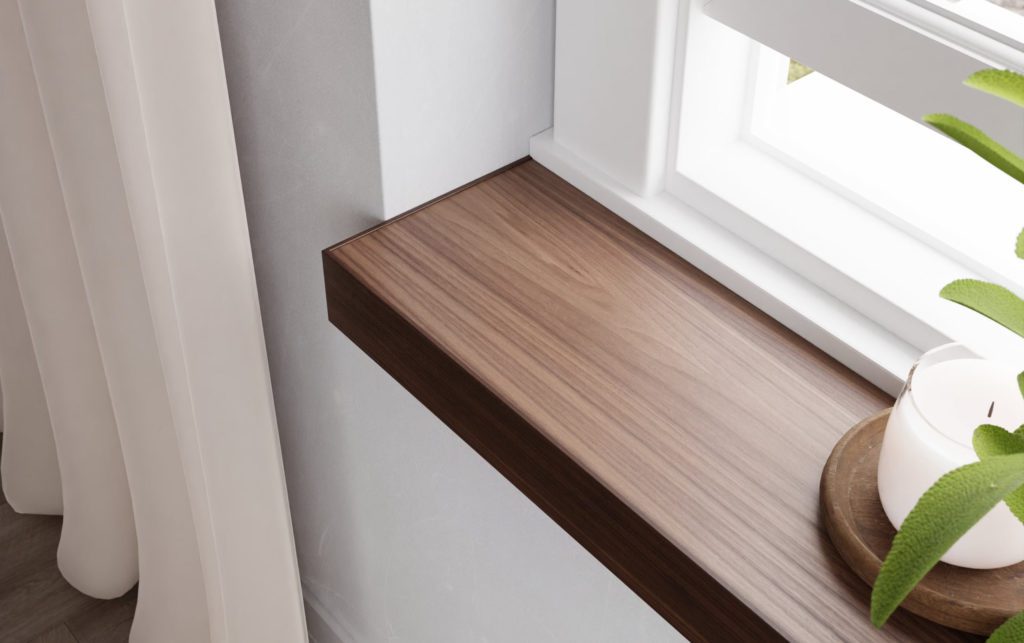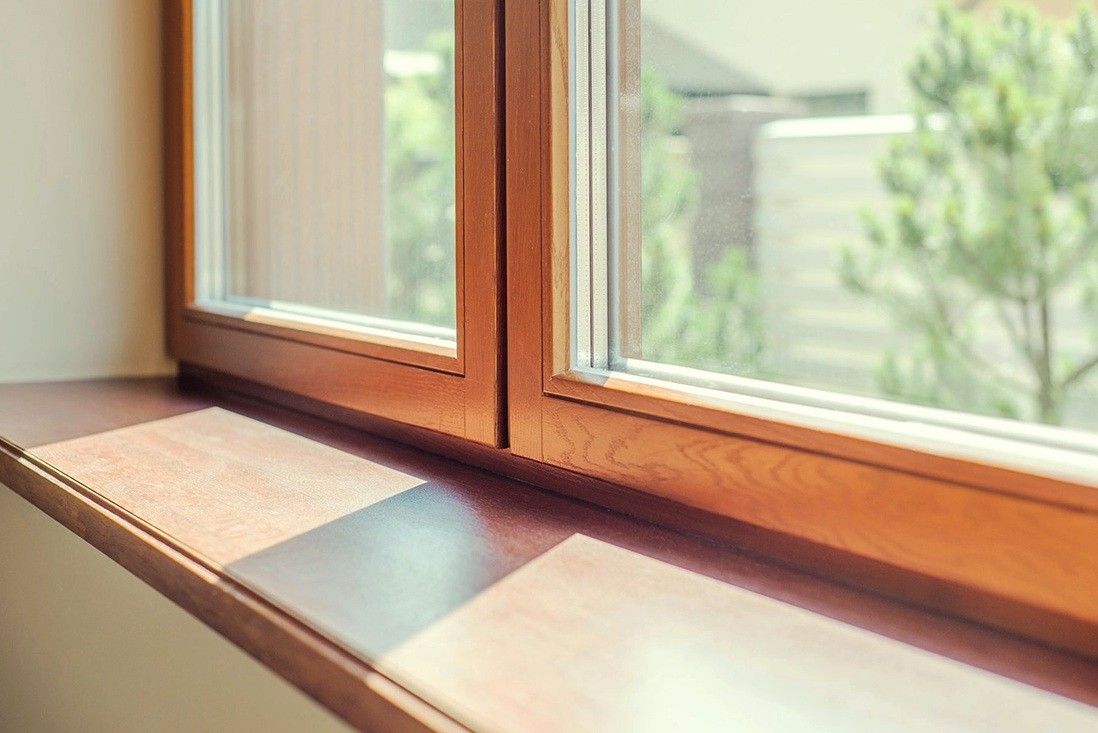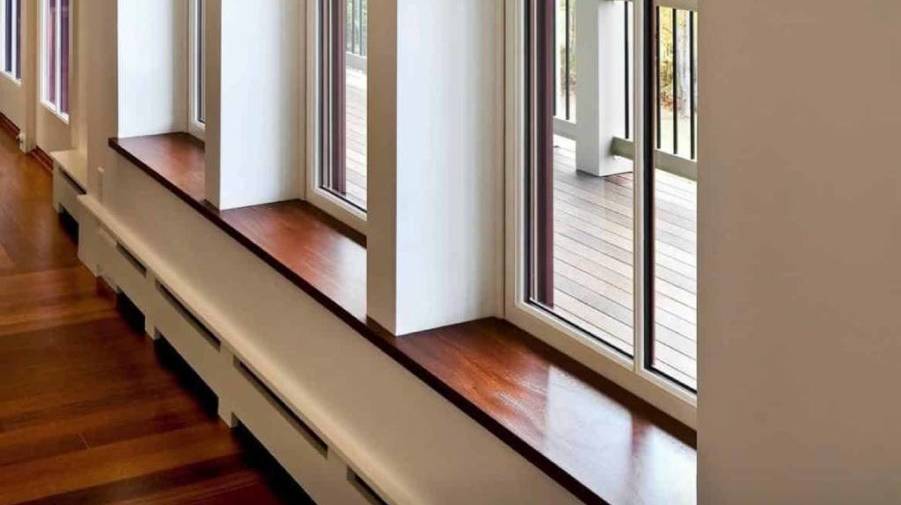>755 reviews

Wooden window sills are classic, beautiful, and, well, prone to damage. Over time, exposure to the elements, moisture, and general wear can take a toll on these sturdy fixtures. But don’t worry, repairing a damaged window sill is easier than you might think! With a little know-how, a few tools, and some patience, you can restore that window sill to its former glory. This guide will walk you through every step of the process, from understanding the causes of damage to giving your window sill a fresh coat of paint. Let’s dive in!
Wooden ledges take quite a beating over time. They’re constantly exposed to the elements, and if they aren’t adequately protected, they can suffer from water infiltration, temperature changes, and the sun’s harsh rays. Let’s explore some of the primary causes of wear and tear.

So how can you tell when your window sill is in need of some TLC? The last thing you want is to ignore a problem that could lead to bigger, more expensive repairs. Here’s what you should look out for.
Before you start, make sure you have all the necessary tools and materials. Trust me, there’s nothing worse than getting halfway through the repair only to realize you’re missing something crucial. Here’s what you’ll need to get started:
Here are the basic tools you’ll need to get the job done:
These are the materials you’ll need to complete the repair:
If you’re looking to take care of your window restoration in Columbus Ohio, or you want to estimate how much it will cost for a window screen replacement cost calculator, these tools and materials will help ensure you get the job done right.

Now that you’re armed with the tools and materials, it’s time to get down to the nitty-gritty. Follow these simple steps to repair your window sill like a pro.
Before diving into repairs, make sure you prep the area properly. This will save you time and frustration later.

If your window sill is severely damaged and beyond repair, you’ll need to replace the damaged section. To do this:
Before filling holes and cracks, clean the surface thoroughly. Wipe away any dirt, dust, or debris, and let the surface dry completely. This will ensure that your filler adheres properly to the wood.
For small holes, cracks, or gouges in the wood, use wood filler or epoxy. Apply the filler with a putty knife, smooth it out, and allow it to dry before sanding it down to a smooth finish.
Once the repairs are done, it’s time to protect your newly restored sill from future damage. Apply a high-quality sealant or caulk to create a waterproof barrier. This will help prevent moisture from seeping into the wood and causing further harm.
Finally, give your window sill a fresh coat of paint or stain to enhance its appearance and provide extra protection against the elements. Choose a weather-resistant product to keep your sill looking good for years to come.

Taking proper care of your window sill can help it last longer. Regular cleaning, sealing, and repainting are key. Make sure to inspect the sill annually for any signs of damage, and address any issues right away before they escalate.
Repairing a damaged wooden window sill might seem intimidating, but with the right tools and a bit of patience, it’s a totally doable DIY project. Whether it’s small cracks or water damage, you can restore your window sill to its former glory with just a few simple steps. Not only will your window look better, but your home will benefit from better protection against the elements. So roll up your sleeves and get to work—you’ve got this!
Contact us now for a free estimate and take the first step toward repairing your windows!
You May Also Be Interested In:
Please leave your contact details.
The manager will contact you shortly.